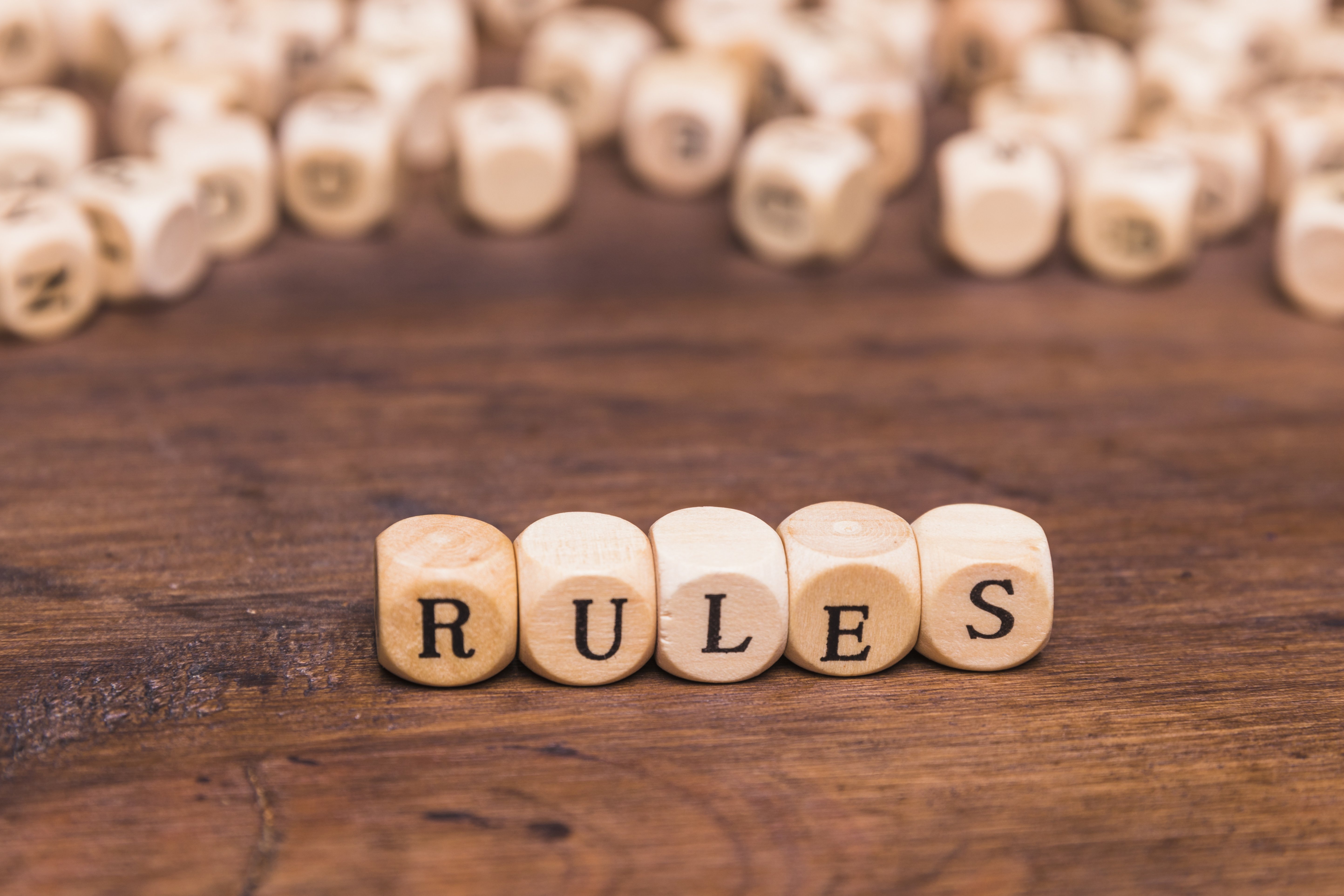Are you a pickleball newbie eager to learn the ins and outs of this exciting and rapidly growing sport? Look no further! In this comprehensive guide, we’ll walk you through the basics of pickleball, from the rules of the game to scoring and everything in between. Whether you’re a seasoned athlete or a complete beginner, this article will equip you with the knowledge you need to jump into the pickleball court with confidence.
Understanding the Rules of Pickleball
Before diving into the game, it’s essential to understand the rules that govern pickleball. Here are the key elements to get you started:
The Court and Equipment
Pickleball is typically played on a badminton-sized court, measuring 20 feet wide and 44 feet long. The court is divided into halves by a net that stands at 36 inches in the center. It’s essential to have the proper equipment, including a pickleball paddle, which is similar to a larger version of a ping pong paddle, and a plastic pickleball, which has holes and resembles a wiffle ball.
Serving and Receiving
The game begins with the serve. The server must stand behind the baseline and aim to hit the ball diagonally over the net and into the opponent’s service court. The ball must clear the non-volley zone, which is the seven-foot area from the net, and land within the boundaries of the opponent’s court. If successful, the receiving team must then return the ball back over the net, ensuring it bounces once on each side before allowing it to be hit without a bounce.
The Non-Volley Zone
The non-volley zone, also known as the “kitchen,” is a seven-foot area on both sides of the net. Players are not allowed to step into this zone and hit the ball out of the air, known as a volley, except when the ball bounces in this zone. This rule prevents players from dominating the game by standing close to the net and smashing the ball down.
Scoring in Pickleball
Scoring in pickleball follows a unique system that is easy to understand once you become familiar with it. Here’s how it works:
Points and Serving Rotation
In pickleball, only the serving team can score points. The first team to reach 11 points, with a two-point advantage, wins the game. However, in recreational play, a common alternative is to play to 15 or 21 points.
The Double-Bounce Rule
To ensure a fair and engaging game, the double-bounce rule is enforced. This rule states that each team must let the ball bounce once on their side before they can hit it without a bounce. This applies to both the serve and the return of serve. Once the ball has been served and returned, the players can then choose to volley the ball or let it bounce before hitting it.
Serving and Scoring
The serving team starts the game with their first serve from the right-hand side of the court. If they win the point, they rotate to the left and serve from there. If they lose the point, the serving team does not rotate, but the opposing team takes over the serve. This rotation continues until the serving team commits a fault or loses the point, at which point the serve is given to the opposing team.
Faults and Let Serves
A fault occurs when a player fails to serve the ball correctly, such as hitting it out of bounds or into the net. In pickleball, there is also a “let” serve, which is when the ball touches the net on a serve but still lands in the correct service court. In this case, the serve is retaken without any penalties.
Tips for Beginner Pickleball Players
Now that you have a solid understanding of the rules and scoring in pickleball, let’s explore some helpful tips for beginners:
Master the Basics
Focus on developing a strong foundation by practicing the fundamental shots, such as the serve, forehand, backhand, and dink shots. Building a solid skill set will set you up for success as you progress in the game.
Footwork and Positioning
Pay attention to your footwork and positioning on the court. Maintain an athletic stance, with knees slightly bent and weight evenly distributed. Move quickly and efficiently to get into the best position to hit the ball.
Communication and Teamwork
Pickleball is often played in doubles, which requires effective communication and teamwork with your partner. Coordinate your movements, communicate about strategy and shot selection, and always support each other on the court.
Anticipate and React
Develop the ability to anticipate your opponent’s shots by observing their body position and racket angle. React swiftly and adjust your position accordingly to make a solid return.
Practice Smarts
While practice is crucial, practicing smartly can accelerate your progress. Focus on consistency and accuracy before attempting advanced shots. Gradually increase the difficulty level of your practice sessions to improve your skills.
Etiquette and Sportsmanship in Pickleball
In addition to understanding the rules and developing your skills, it’s important to uphold good sportsmanship and etiquette on the pickleball court. Here are some key points to remember:
Respect Your Opponents
Treat your opponents with respect and fairness. Avoid any unsportsmanlike behavior, such as trash-talking or gloating, and always congratulate your opponents on good shots.
Follow the Code of Conduct
Familiarize yourself with the official pickleball code of conduct, which outlines the expected behavior during matches. This includes adhering to rules, being courteous, and maintaining a positive attitude.
Observe Court Etiquette
Be mindful of court etiquette. Wait for your turn to enter the court, give way to players on adjacent courts, and retrieve balls promptly to keep the game flowing smoothly.
Communicate with Your Partner
Establish clear communication with your doubles partner to avoid collisions and confusion on the court. Use hand signals or agreed-upon strategies to communicate your intentions during the game.
Congratulations! You are now equipped with the essential knowledge of pickleball rules, scoring, and beginner tips. Remember, pickleball is a game that combines fun, strategy, and athleticism. As you continue to play and gain experience, your skills and enjoyment of the game will only grow. So, grab your paddle, find a court, and get ready to dive into the exciting world of pickleball!
By following the rules, practicing regularly, and maintaining good sportsmanship, you’ll be well on your way to becoming a skilled pickleball player. Enjoy the journey, make new friends, and savor the thrill of this addictive sport. Have a ball on the pickleball court!


